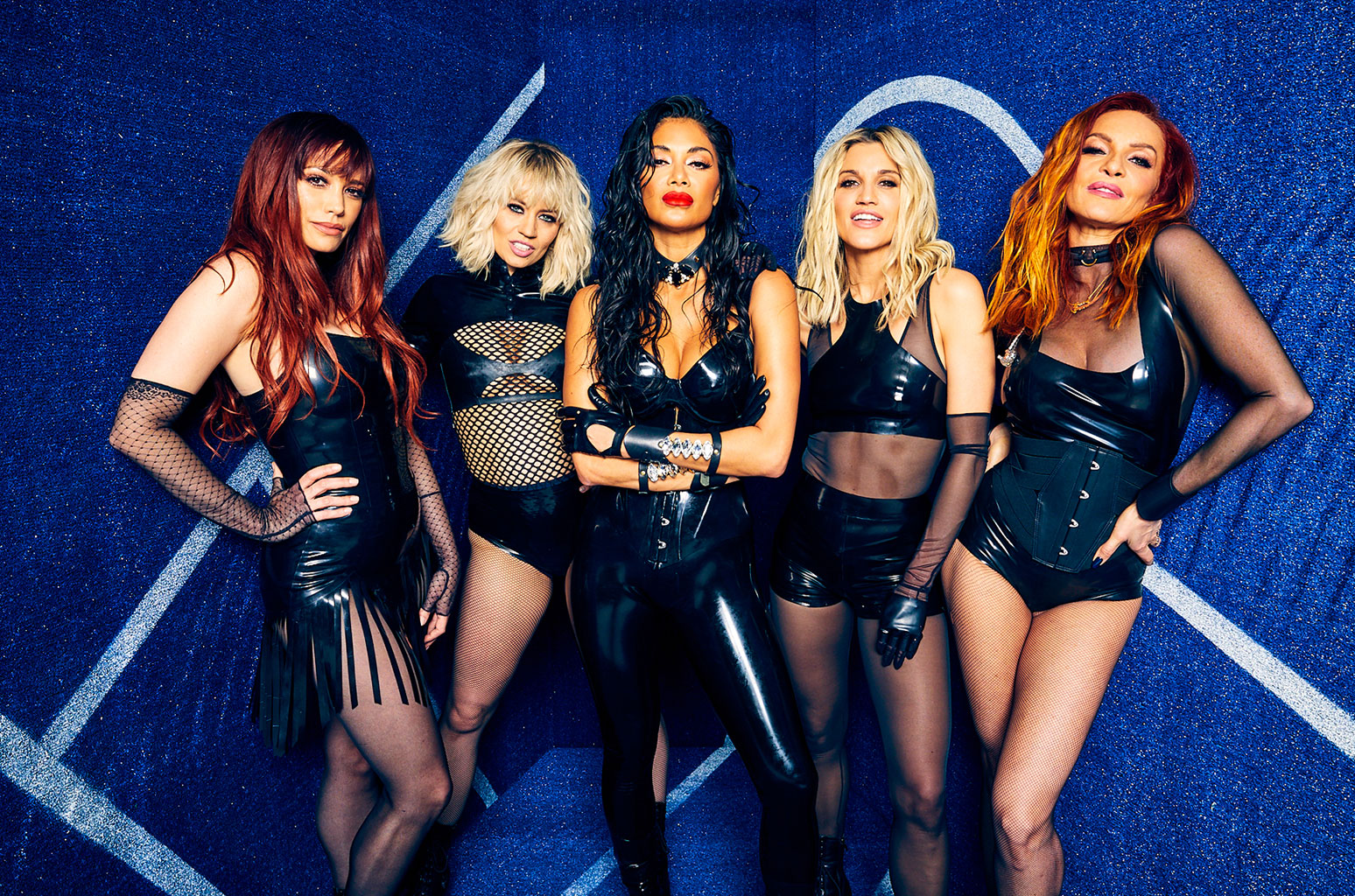
The Evolution of The Pussycat Dolls How They Became a Cultural Phenomenon
The Pussycat Dolls emerged as a cultural phenomenon in the early 2000s, captivating audiences with their sultry dance moves, catchy pop songs, and unique blend of femininity and empowerment. Originally conceived as a burlesque troupe in 1995 by Choreographer Robin Antin, the group's evolution into a musical group marked a significant shift in mainstream pop culture, with their impact still felt today. This blog explores how the Pussycat Dolls transformed from a dance group into a global superstar ensemble, including their evolution, hits, and merchandise that became an epitome of their brand.
From Burlesque to Mainstream Pop
Founded in Hollywood, the Pussycat Dolls started as a live burlesque show, showcasing a mix of dance, music, and theatrical elements. The original lineup featured various burlesque dancers who performed at local venues, gaining acclaim for their bold performances. In 2003, after a series of successful shows, the creative vision expanded to form a pop group. With the signing of lead singer Nicole Scherzinger and the inclusion of other talented members like Ashley Roberts and Melody Thornton, the Pussycat Dolls transitioned to recording popular tracks. Their breakout single, "Don't Cha," topped charts in various countries and marked their official foray into the music industry.
Their Rise to Stardom
The success of "Don't Cha" was just the beginning. The release of their debut album, "PCD," in 2005 solidified their place in pop culture. Songs like "Buttons" and "When I Grow Up" showcased their signature sound—an enticing mix of pop and R&B accompanied by engaging visuals and choreography. The Pussycat Dolls quickly became known for their glamorous style and empowering lyrics, promoting themes of confidence and femininity. Their performances combined complex dance routines with vibrant aesthetics, establishing them as a force to be reckoned with in a male-dominated industry. The group continued to perform on award shows and sell-out tours, amplifying their visibility and securing dedicated fans worldwide.
The Influence of Merchandise
As the Pussycat Dolls' popularity soared, their brand extended beyond music into fashion and merchandise. The Pussycat Dolls merchandise became a staple for their devoted fan base and included clothing, accessories, and even perfume. The merchandise reflected their edgy yet feminine style, allowing fans to connect with the group on a personal level. T-shirts emblazoned with their logo, glamorous outfits inspired by their performance costumes, and items that encapsulated the confidence they portrayed resonated deeply with audiences. This strategic merchandising not only generated revenue but also solidified their status as cultural icons, merging music and fashion seamlessly.
Legacy and Continuing Influence
Though they experienced changes in lineup and hiatus periods over the years, the Pussycat Dolls' legacy remains unmistakable. They paved the way for girl groups in the ‘00s and influenced future pop acts with their unique combination of music, dance, and fashion. Their sound, characterized by catchy hooks and strong melodies, continues to inspire new artists today. Even with the emergence of newer pop stars, the essence of the Pussycat Dolls—strong, bold, and unapologetically feminine—still resonates deeply in today’s music scene. The group’s attempt at a reunion has reignited interest in their legacy, showcasing how iconic their contributions to pop culture have been.
In conclusion, the Pussycat Dolls transitioned from a burlesque troupe to a chart-topping pop group, becoming an emblem of female empowerment and creativity. With a unique blend of music, dance, and fashion, they captivated millions, and their merchandise allowed fans to engage with their brand on a deeper level. As their influence continues to echo in contemporary culture, the Pussycat Dolls will always be remembered for redefining what it meant to be a girl group in the 21st century.
